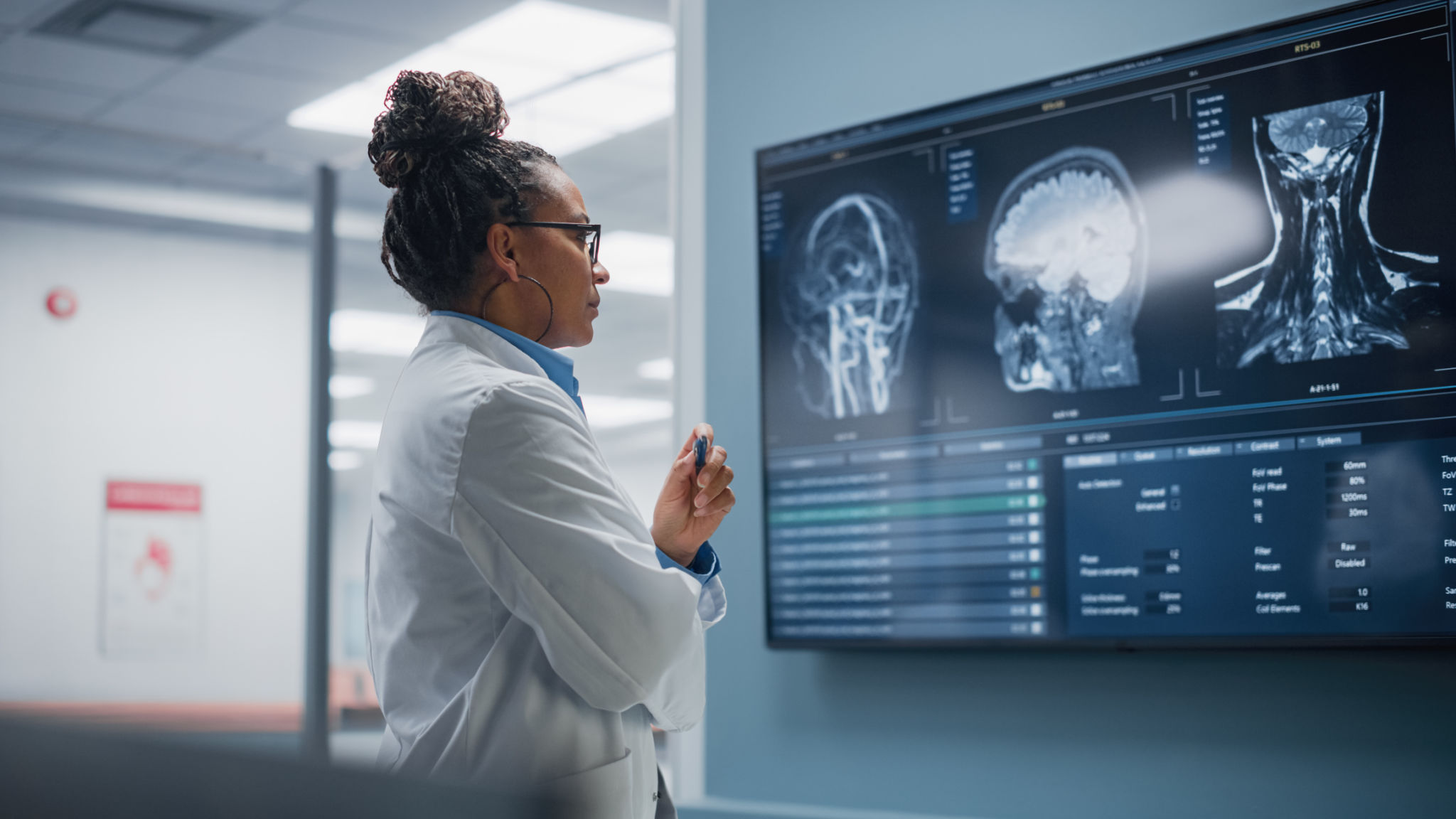The Latest Trends in Brain Injury Prevention and Safety
Understanding Brain Injury Risks
Brain injuries can occur in numerous ways, ranging from sports accidents to motor vehicle collisions. Understanding the risks associated with these injuries is the first step in prevention. By identifying high-risk activities and environments, individuals can take proactive measures to protect themselves and others. Awareness campaigns continue to play a crucial role in educating the public about these risks.

Advancements in Sports Safety Gear
The realm of sports safety gear has seen significant advancements, particularly in helmet technology. Helmets are now being designed with materials that better absorb impact and reduce the risk of concussions. Innovations like multi-directional impact protection systems (MIPS) are becoming standard features in many high-contact sports helmets, offering an additional layer of protection.
Moreover, smart helmet technology is emerging, incorporating sensors that monitor impact forces and alert athletes and coaches to potential injuries. This technology not only helps in preventing brain injuries but also aids in timely diagnosis and treatment. As awareness grows, the adoption of advanced safety gear is becoming more widespread across various sports disciplines.
Implementing Safety Protocols
Beyond equipment, the implementation of comprehensive safety protocols is essential in preventing brain injuries. Many sports organizations are adopting strict guidelines for recognizing and managing concussions. Protocols often include mandatory rest periods and gradual return-to-play procedures, ensuring athletes recover fully before resuming activity.

Workplaces are also enhancing safety protocols to prevent brain injuries among employees. Regular training sessions on the proper use of equipment, along with safety drills, help foster a culture of safety. Employers are increasingly investing in ergonomic equipment to minimize risks associated with repetitive stress injuries.
Technological Innovations in Monitoring
Technology is playing a pivotal role in monitoring and preventing brain injuries. Wearable devices equipped with accelerometers and gyroscopes provide real-time data on head movements and impacts. These devices, often integrated into headgear or worn as standalone gadgets, offer insights into potential risks and alert users to dangerous situations.
Furthermore, mobile applications are being developed to track symptoms and recovery progress in individuals who have suffered a brain injury. These apps provide users with valuable information, helping them manage their condition more effectively and preventing further complications.

Community and Educational Initiatives
Community involvement is crucial in brain injury prevention. Schools, clubs, and local organizations are collaborating to raise awareness through workshops and seminars. These initiatives aim to educate people about the importance of safety practices and the long-term impact of brain injuries.
Educational programs targeting children and young adults emphasize the importance of wearing protective gear during activities, recognizing signs of concussions, and seeking medical attention promptly. Such initiatives empower individuals with the knowledge needed to make informed decisions about their safety.
The Role of Legislation
Legislation is also adapting to prioritize brain injury prevention. Many regions are introducing laws that mandate the use of helmets in certain activities and enforce stricter penalties for non-compliance. These legal frameworks are designed to encourage safer behavior among the public.
In addition, policies supporting research and development in brain injury prevention technologies receive increasing attention. Government funding for studies aimed at understanding brain injuries better can lead to more effective preventative strategies.

Future Directions in Brain Injury Prevention
The future of brain injury prevention looks promising, with ongoing research focused on developing new technologies and methodologies for protection. Scientists are exploring the use of artificial intelligence to predict injury risks based on individual data patterns, potentially offering personalized prevention strategies.
Moreover, collaboration between different sectors—healthcare, technology, education, and sports—continues to drive innovation. As these collaborations deepen, we can expect more comprehensive solutions that address brain injury prevention from multiple angles.